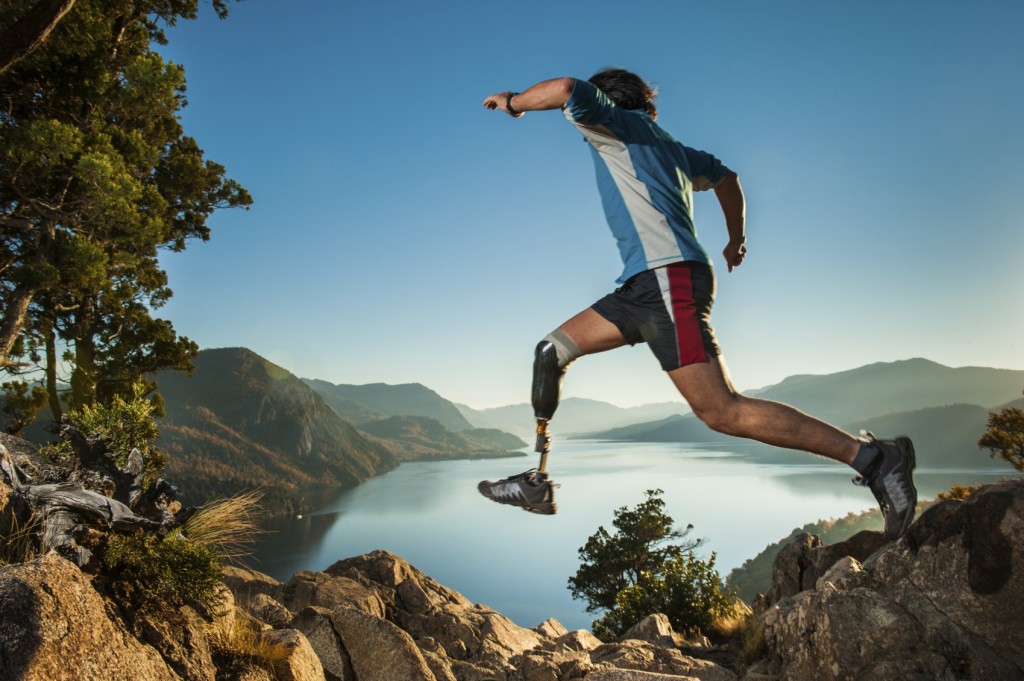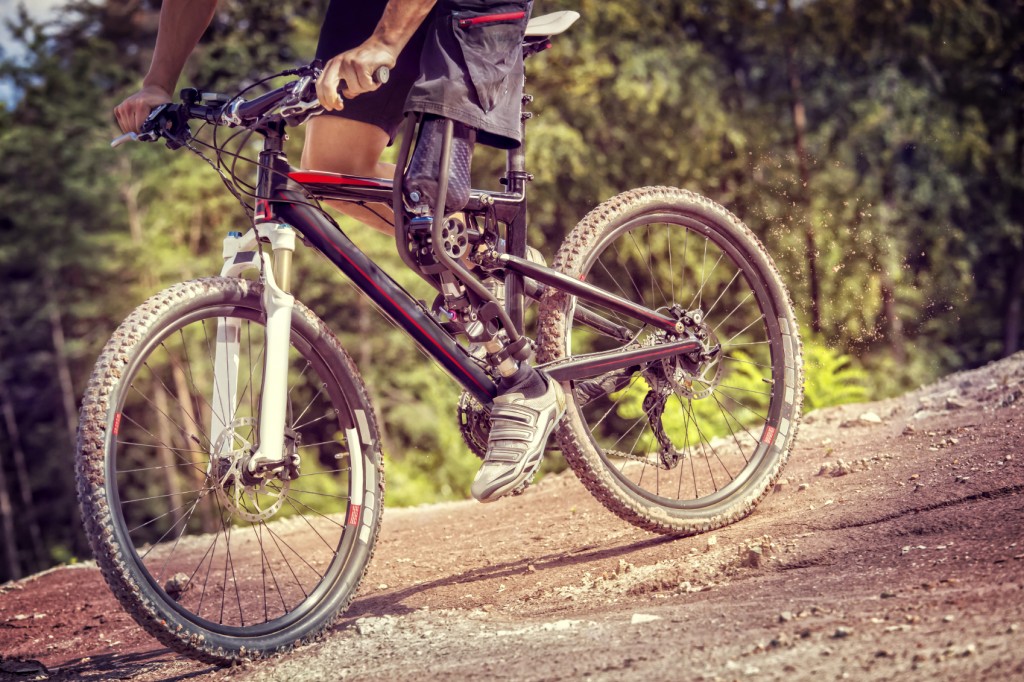Are Self Adjusting Prosthetic Limbs the Future?
Technology is advancing at an alarming rate and with more people requiring prosthetic limbs to be able to get on with their daily lives, it’s crucial that every avenue is explored when it comes to creating artificial limbs which are durable and comfortable.
Now, thanks to a team of biomedical engineers at North Carolina State University and the University of North Carolina at Chapel Hill, prosthetic limbs may require less tuning during wear in order for them to remain working correctly.
Re-tuning Prosthesis
People who don’t need prosthesis may not understand how much work goes into maintaining the limb. Every so often, the wearer will be required to visit a prosthetist to “tune” the limb up to keep the patient walking and moving smoothly and comfortably.
This is an essential visit which can be quite time consuming and may even be quite costly as more often than not, adjustments will need to be made.
Due to the essential nature of a prosthetic limb, it isn’t a simple case of “one size fits all; much like a custom shoe, the limb must be modelled to the remaining portion of the limb and tuned up to the individual user. This usually takes into account the weight, strength and movement range of the wearer.
The Self-Tuning Algorithm
So how do these self-tuning prosthetic limbs work? It’s pretty simple in theory; a software algorithm is installed into a powered prosthesis and will be able to tune the power which moved the motors in the limb’s joints.
This allows for faster, real-time tuning, making it easier for the wearer to deal with activities which may have required extensive tuning, such as carrying heavy objects which would put more strain on the joints.
It also reduces the need to go and see a prosthetist as regularly, as the algorithm will be able to adapt the limb to any changes that may occur within the patient, such as weight loss or gain, and even adapt when the user becomes accustomed to the limb.
So will we be seeing these self-tuning limbs very soon? Associate professor of the biomedical engineering program at North Carolina State University and University of North Carolina says not just yet.
In a statement, she has reported that “We’re not yet able to replicate the prosthetist’s success in achieving those comfortable ‘trunk motions,’ but it’s something we’re working on.”
So, although it’s not happening just yet, it is something that we will hopefully be seeing implemented in the future of prosthetic limbs.
As leading spring manufacturers, we understand how much work and effort go into such life saving devices. That’s why we supply only the finest spring solutions for your needs, whatever they may be. For more information on our products, simply contact our expert team today by calling 028 9083 8605 and we will be more than happy to help you.

